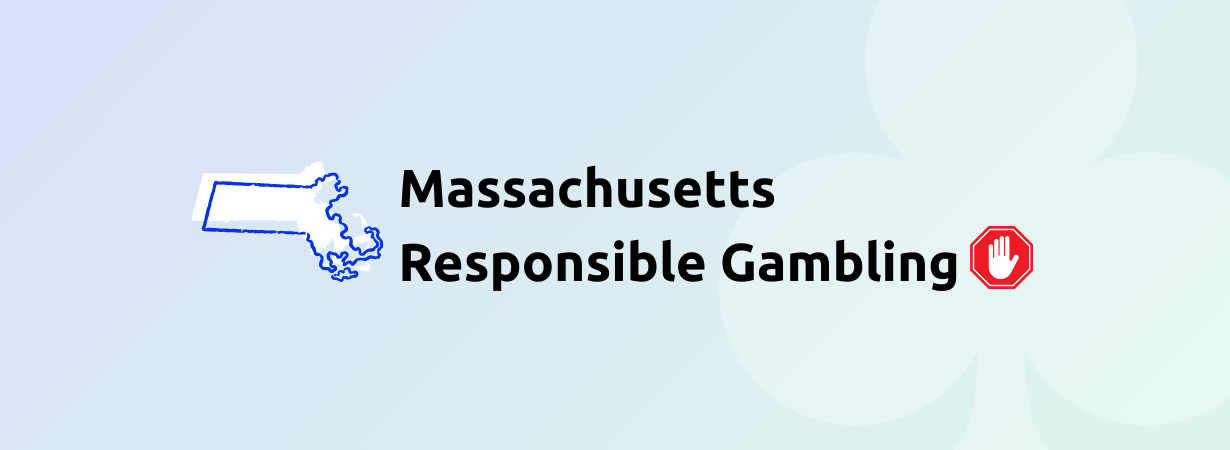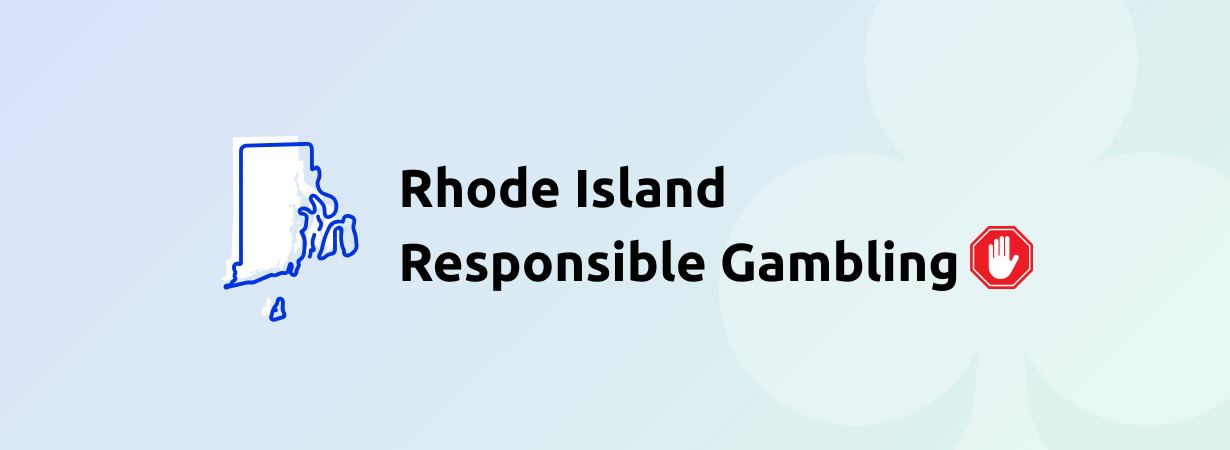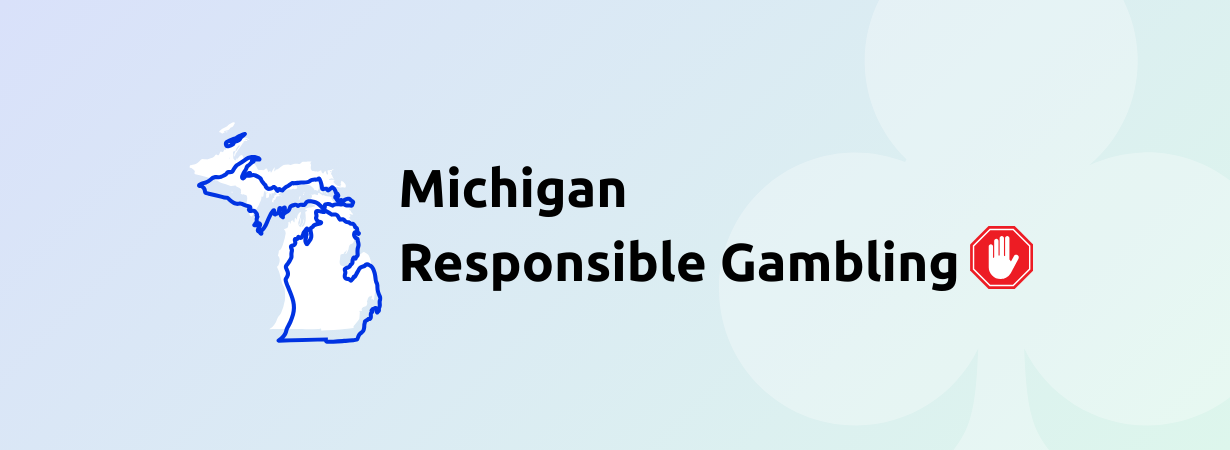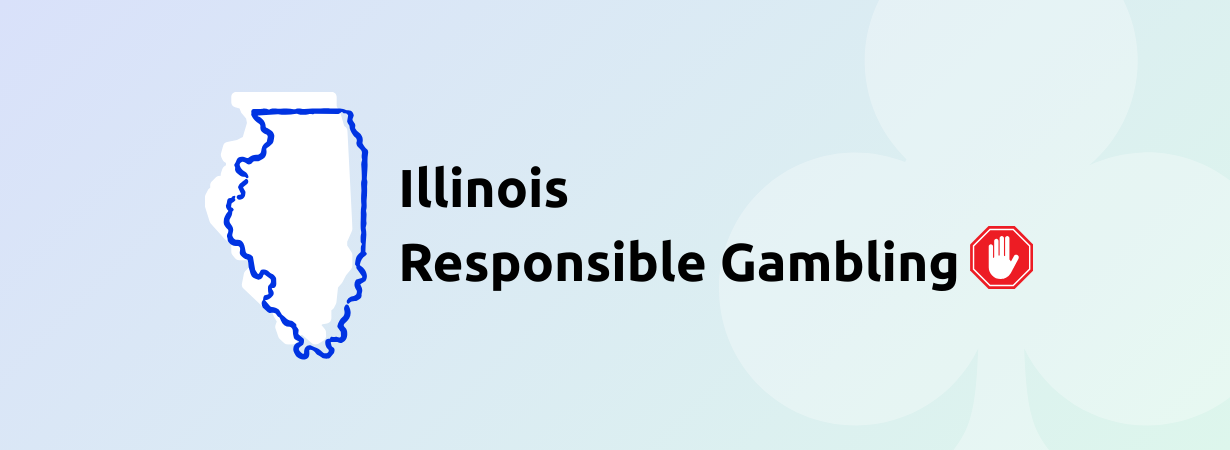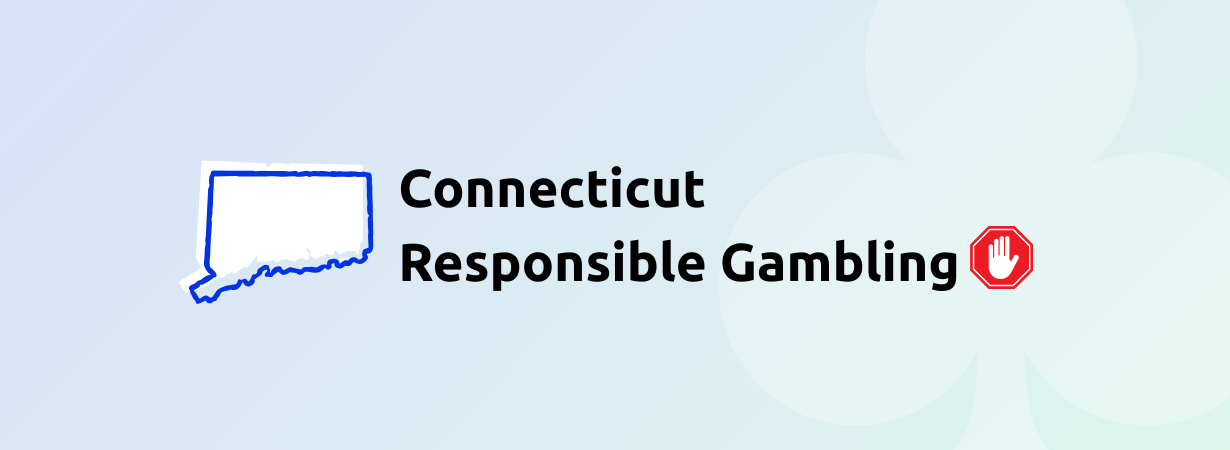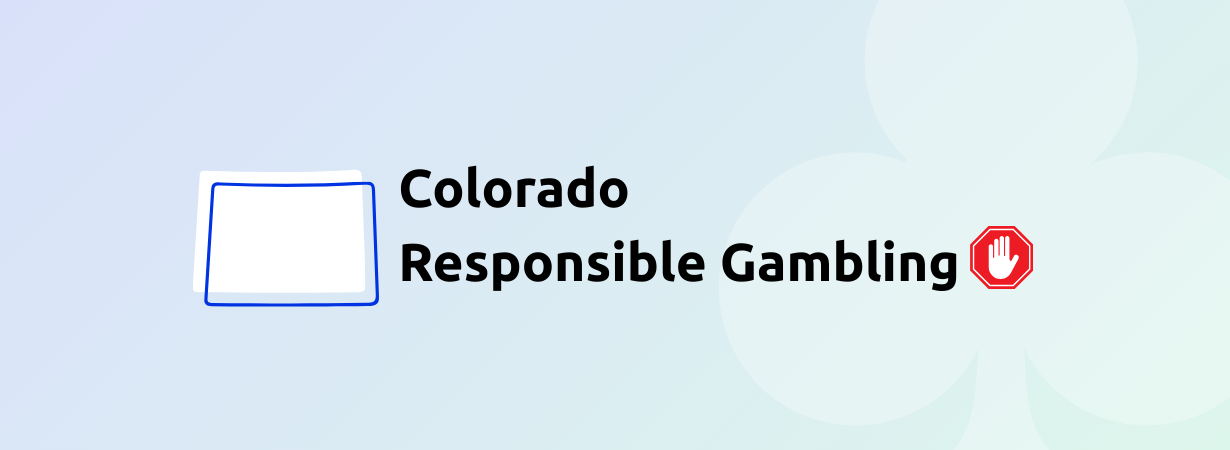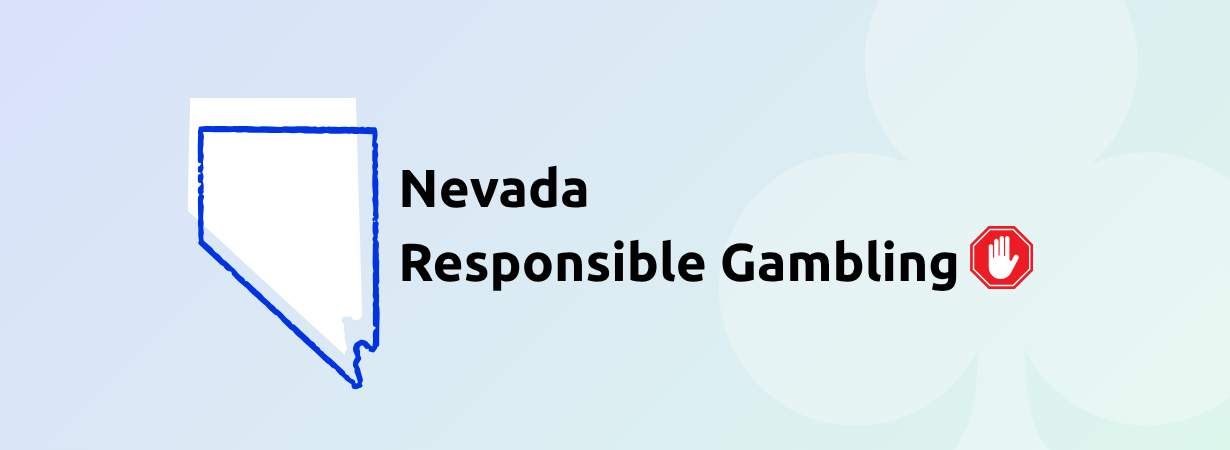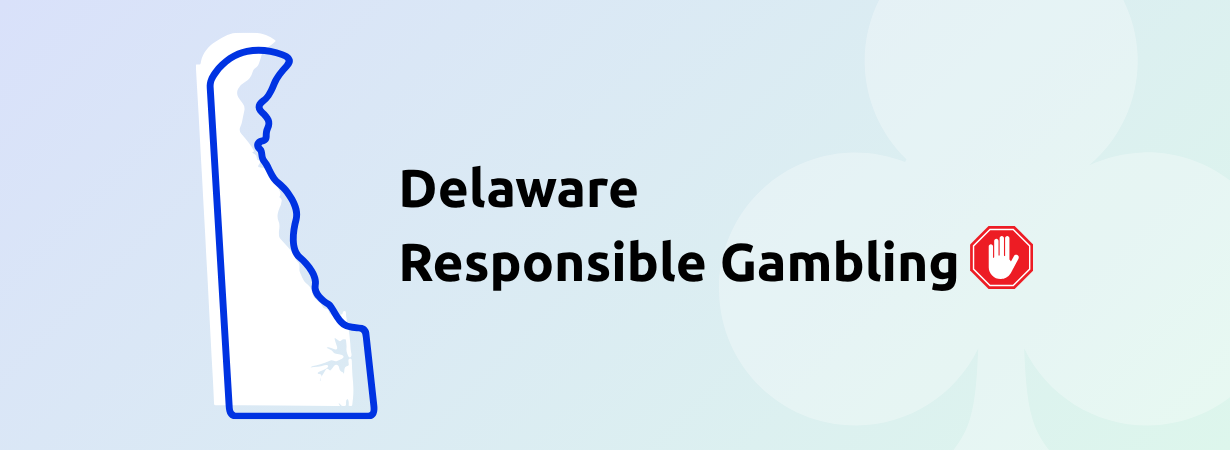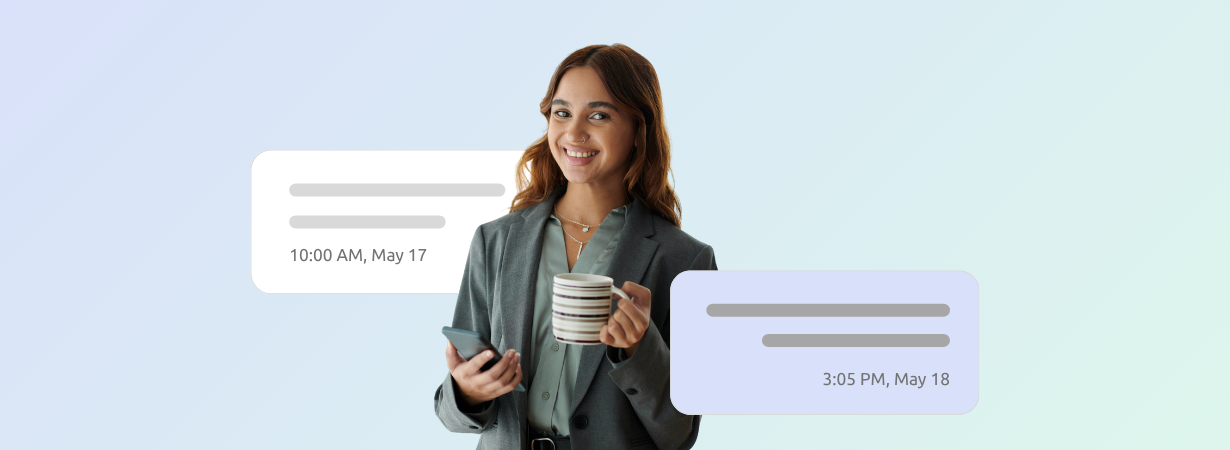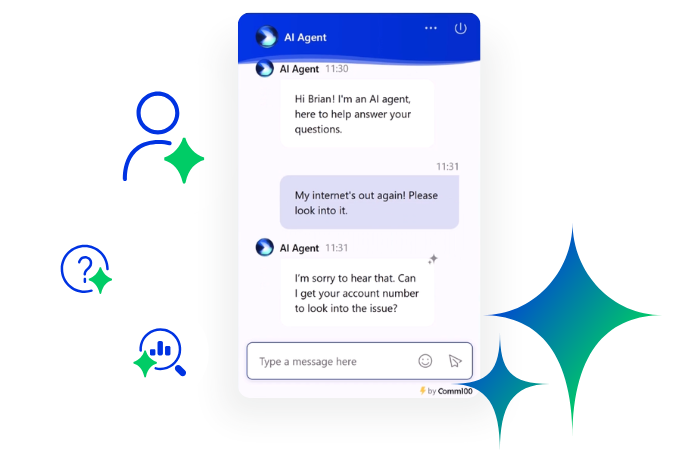Higher education institutions face a unique challenge: prospective students expect immediate answers while navigating the most significant financial and life decisions they’ve made + Read More
It’s live! Access exclusive 2025 live chat benchmarks & see how your team stacks up.
Get the dataBlog
Featured Posts
Massachusetts has emerged as a national leader in responsible gambling regulation, combining casino gaming oversight with one of the most comprehensive public health + Read More
Florida’s responsible gambling requirements are defined by a combination of state slot-machine gaming statutes and rules and responsible gambling safeguards included in the + Read More
Rhode Island operates two casinos (Twin River Lincoln, Tiverton) with VLTs, table games, sports betting (Sept 2019), and iGaming (authorized June 2023). Rhode + Read More
Companies spend an average of $4,100 per employee on onboarding, per a study by SHRM, yet only 12% of employees think their organization + Read More
Higher education institutions face a convergence of pressures in 2026 that will fundamentally reshape how they operate. Federal funding faces unprecedented cuts. Enrollment + Read More
The world of iGaming is fiercely competitive, with countless platforms vying for players’ attention and loyalty. While attracting new players is essential, the + Read More
Michigan is home to an expansive gaming market that includes traditional casino gaming, a state lottery, horse racing, and both retail and online + Read More
Illinois operates one of the nation’s most expansive gaming markets with 17 casinos, over 36,000 video gaming terminals, and comprehensive sports betting legalized + Read More

Be in the know!
By clicking "Subscribe", you agree to our Privacy Policy.
Connecticut has a modern, highly regulated gambling framework that covers online casino gaming, retail and online sports wagering, fantasy contests, keno, and online + Read More
Overview Colorado operates a distinct limited gaming market authorized in three historic mountain towns: Black Hawk, Central City, and Cripple Creek. The state’s + Read More
New Jersey operates one of the most comprehensive and mature gaming markets in the United States. The Garden State’s gambling landscape includes Atlantic + Read More
Intercom helped define what modern customer communication looks like. It brought in-app messages, live chat, onboarding flows, and behavioral targeting into one environment + Read More
Zendesk remains a dominant force in customer service software, but its complexity and premium pricing structure drive many businesses to explore alternatives. Whether + Read More
Operators constantly hunt for ways to keep players engaged. They invest in flashy graphics, smoother gameplay, bigger bonuses, and loyalty programs. Yet many + Read More
What if every student had a personal assistant, ready to answer questions, offer guidance, and simplify their academic journey—all without ever taking a + Read More
Overview Nevada maintains one of the oldest and most established gaming regulatory frameworks in the United States. Gambling was first legalized in 1931 + Read More
Overview Delaware holds a unique position as one of the first states to embrace comprehensive online gambling, having legalized internet gaming in 2012. + Read More
Customer expectations have evolved dramatically in the past few years. Common customer service models featuring real-time conversations that effectively “end” for the customer + Read More
Companies are racing to adopt AI in customer experience (CX). Automated chatbots are popping up on websites. Sentiment analysis tools are scanning support + Read More


